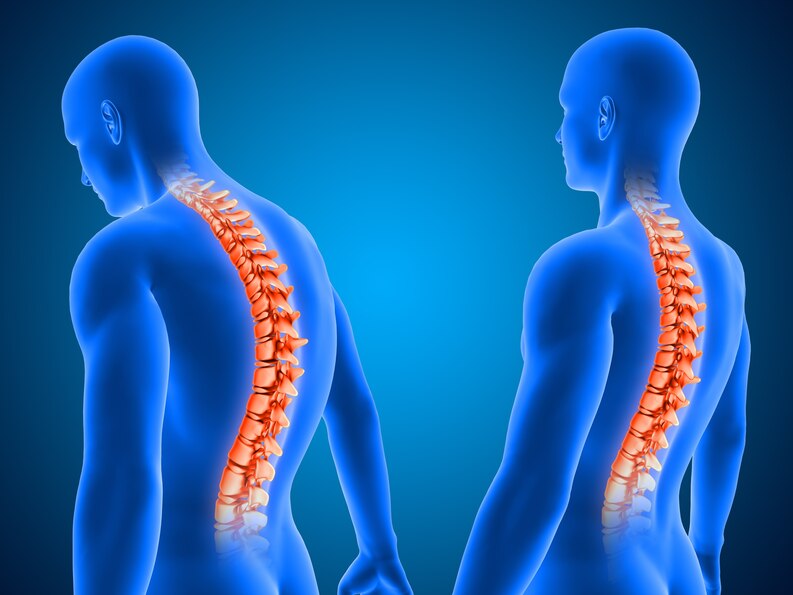image designed by freepik
What Does Back Pain from Scoliosis Feel Like?
Scoliosis is the abnormal curve of the spine, which often causes discomfort and pain. The back pain from scoliosis can be mild, moderate, or severe, depending on the degree of curvature and the affected part of the spine. Typically, pain that stems from scoliosis feels like muscle tightness, sharp discomfort, or a chronic dull ache. People with scoliosis normally experience muscle fatigue, as their spine’s curvature compels the muscles to work extra hard by supporting and stabilizing the back.
Sometimes, scoliosis-related back pain can spread to the hips and legs, especially when the spine is severely curved. The sensation of discomfort, however, is not restricted to the lower back only. Most patients with scoliosis also have upper back and neck discomfort if their thoracic spine is affected by the curve.
Scoliosis Self-Care
Simple self-care for scoliosis-related back pain includes maintaining a good posture, performing particular exercises, and using discomfort-easing methods such as heat therapy. Moreover, making minor alterations to one’s daily activities can result in pain management.
What Are the Causes of back pain from Scoliosis?
Different types of factors can lead to back pain from scoliosis. Here are the main causes:
Congenital Scoliosis occurs when the spine does not develop properly before birth.
Idiopathic Scoliosis is the most common type of scoliosis. Its cause is unknown, but it may run in families.
Neuromuscular Scoliosis is related to medical conditions such as cerebral palsy and muscular dystrophy. These people have muscles that cannot support their spine.
Degenerative Scoliosis occurs when the cartilage in the spine wears out with age. It is mainly found in older people.
Trauma: severe accidents or injuries can cause the spine to have an abnormal curve.
One question that most people ask is” “Can poor posture cause scoliosis?” Bad posture does not directly lead to scoliosis. However, people with scoliosis must maintain a good posture; otherwise, they might experience pain.
What Are the Symptoms of Scoliosis?
Recognizing the symptoms of scoliosis can help people manage the condition effectively. The 4 main symptoms include:
- One shoulder might look higher than the other one.
- There might be a visible hump in the ribcage, which goes unnoticed unless a person is bending forward.
- One hip may appear to be higher or more noticeable than the other one. It might also be tender.
- The backbone might cause pain in the lower, middle, or upper back. The pain might also spread to other areas, such as the hips and legs.
People often ask, “Can scoliosis cause hip problems?” The answer is yes. Severe spinal curvature can lead to imbalances in the body, causing misalignment in the hips.
Another common concern is scoliosis, which affects the neck region, especially as people age. “Scoliosis in the neck” can cause neck pain, stiffness, and reduced mobility.
Is it Okay to Live with Scoliosis?
Some people with this condition live as if snoring is a medical condition. Scoliosis is often controllable if it is detected early and appropriately treated. If you are not familiar with the topic and think, “Can you die from scoliosis?” we will inform you that scoliosis life expectancy does not diversify much in comparison with that of healthy people. A mild form of scoliosis does not seriously affect life.
However, you must adjust your lifestyle to fit the question, “How do you sleep with scoliosis?” Because scoliosis can affect the rest. Some beds or side positions may not suit you. The best option is to sleep on your back; putting a pillow under your knees is good so a comfortable spine position will be maintained. Others like to sleep on their sides, but only in this case should a pillow be placed between their legs.
The next “Can scoliosis kill you?” question is: Can scoliosis reduce your life expectancy? The presence of the disease itself does not directly affect the life expectancy among those affected. However, in severe cases that are not treated, scoliosis can cause different health problems. For example, scoliosis of the 4th degree can cause heart or lung issues, leading to the death of a person. So, the answer is yes, scoliosis can kill you.
Exercises for back pain from Scoliosis: What to Do and What to Avoid
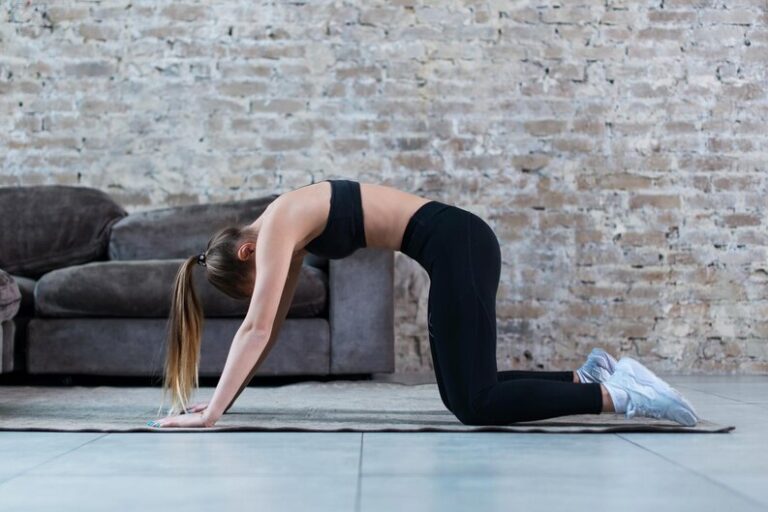
Exercise is an integral part of scoliosis management. Developing the musculature that supports the spine can help improve posture and reduce pain for people with scoliosis. The paper presents five exercises for people with scoliosis.
Planks
- It strengthens the core muscles, which provide vital support for the spine.
- Begin in an essential plank position on the elbows or hands, ensuring a straight line from head to toe. Hold for 20-30 seconds, gradually increasing the duration.
Cat-Cow Stretch
- Cat-cow stretch is a typical yoga pose that helps improve spine flexibility while relieving tension in the back.
- Begin by positioning the hands and knees so the back is parallel to the ground. Arch the back upward, which is the cat position, and then lower it, which is the cow position.
Pelvic Tilts
- Lie on the back with knees bent and feet flat on the floor, then gently tilt the pelvis upward.
- This gentle exercise helps strengthen the lower back and abdominal muscles.
Child’s Pose
- Child’s pose is a calming yoga exercise that can stretch the spine and relieve tension in the back.
- Begin on your hands and knees, then lower your hips toward your heels while stretching your hands forward.
Arm/Leg Raises
- It strengthens lower back muscles and enhances balance.
- Begin on the hands and knees; raise one hand and the leg on the opposite side simultaneously and then switch sides after a few seconds.
What Exercises to Avoid when back pain from Scoliosis
Exercise is good for the health, but some may worsen scoliosis or cause pain. Activities not to do with scoliosis include:
• heavy weight lifting,
• high-impact workouts
• exercises involving twisting of the torso,
• those requiring a deep back bend.
Treatment for Scoliosis
How to Fix Scoliosis Naturally?
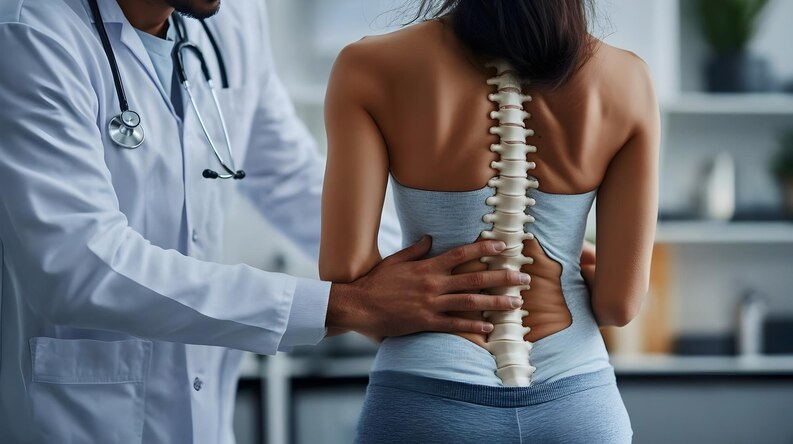
Natural remedies are the best approach for people who want to manage scoliosis without invasive treatments. Although scoliosis cannot be cured “naturally,” its symptoms can be managed by these means.
For those who are thinking about how to fix scoliosis naturally, physical therapy such as yoga and Pilates can do wonders for posture, flexibility, and muscle strength. Physical therapy works by strengthening the muscles that support the spine, reducing pain, and preventing the spine from further curvature.
Bracing is a noninvasive approach suitable for adolescents whose spines are still developing. When done properly, bracing works for scoliosis and may prevent the progression of the curve. Nevertheless, the outcomes of some studies suggest that wearing a brace has limited impact.
Chiropractic Care for Scoliosis
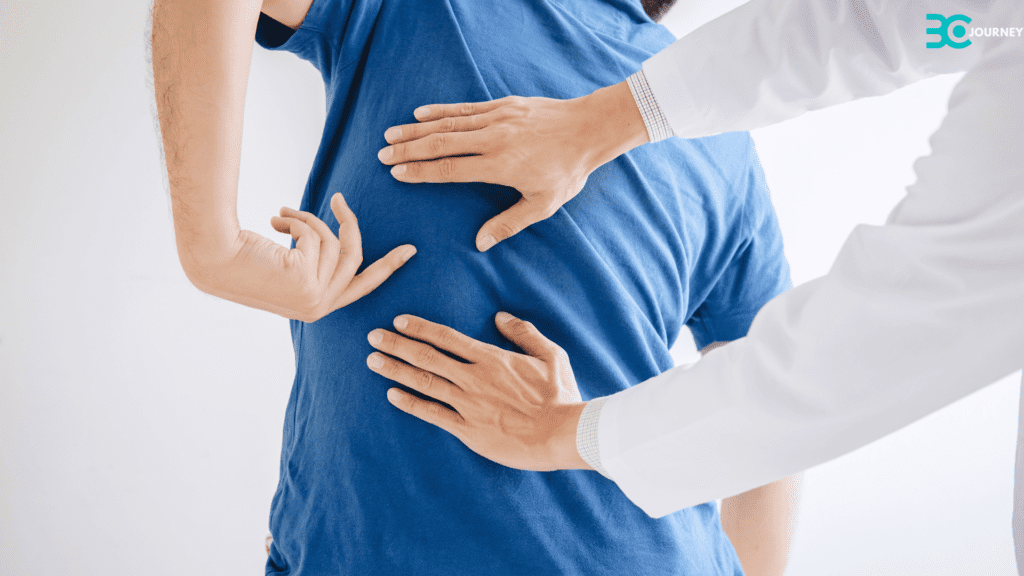
Another approach that seems to be highly popular is chiropractic scoliosis treatment. As many people do, I asked the questions, “Can a chiropractor help with scoliosis?” and “Can a chiropractor fix scoliosis?”
Chiropractors can help reduce the pain associated with scoliosis. Chiropractic care employs spinal adjustments to improve one’s alignment and decrease discomfort.
However, do not let yourself be misled; while a chiropractor can correct scoliosis symptoms, the spine’s curvature remains. Generally, chiropractic scoliosis treatment is a supplement to a well-rounded health approach. Chiropractors can decrease pain and boost mobility but cannot eliminate the curve.
When Is Scoliosis Surgery Necessary?
Severe cases of scoliosis might be treated only surgically. Scoliosis surgery, usually spinal fusion, aims to eliminate or significantly reduce the curvature and stabilize the spine. The condition is typically recommended for patients whose curvature exceeds 40-50 degrees.
The “scoliosis surgery cost” is a frequently asked question. The cost might vary greatly depending on the specific place and country, the surgeon’s qualification and competence, and the case’s difficulty. The recovery period for this operation is also a rather frequently asked question.
How long does recovery take? The “scoliosis operation recovery time” is typically several months. However, there is no need to worry, as the patients usually recover fully within 6 to 12 months after the operation.
Can Scoliosis Cause Other Health Issues?
Scoliosis can negatively influence the body, creating new problems. One question that often pops up is, ‘Does scoliosis cause sciatica?’ The answer is affirmative. Individuals with severe scoliosis usually experience sciatic nerve compression, which causes pain radiating from the lower back to the hips and legs.
Respiratory failure is another consequence of scoliosis, especially when the thoracic region has a spinal curvature.
Famous People with Scoliosis
Scoliosis is the same as any illness/defect; it affects everybody, including celebrities and professional athletes. Among the “famous people” with scoliosis” are Usain B., Elizabeth Taylor, and Shailene Woodley. They have accepted the condition and tried to excel despite it, which is a motivational factor for others.
Conclusion
Scoliosis is as tricky as it would be. But if one cultivates some principles through its management, the condition does not have to take over one’s life. There are countless options, including self-care techniques, exercises, chiropractic treatment, and surgical intervention, for managing scoliosis and improving overall well-being.
If you feel that you may have scoliosis or are experiencing back pain that may be connected to it, a medical consultation is a must. In these cases, there is a possibility of preventing complications, accelerating recovery, and enjoying a better quality of life.
